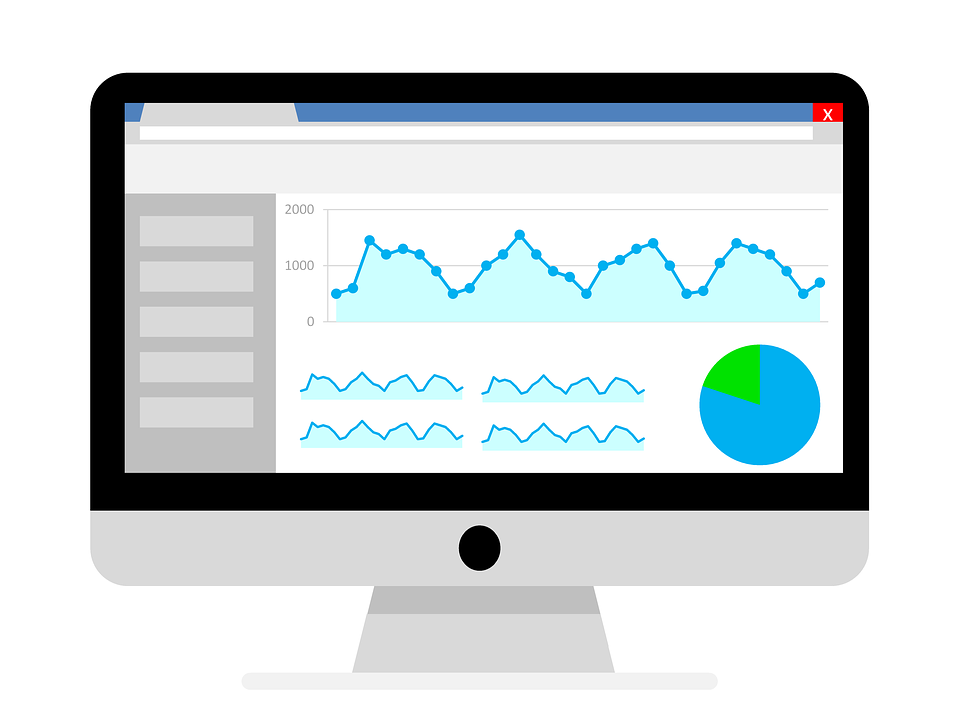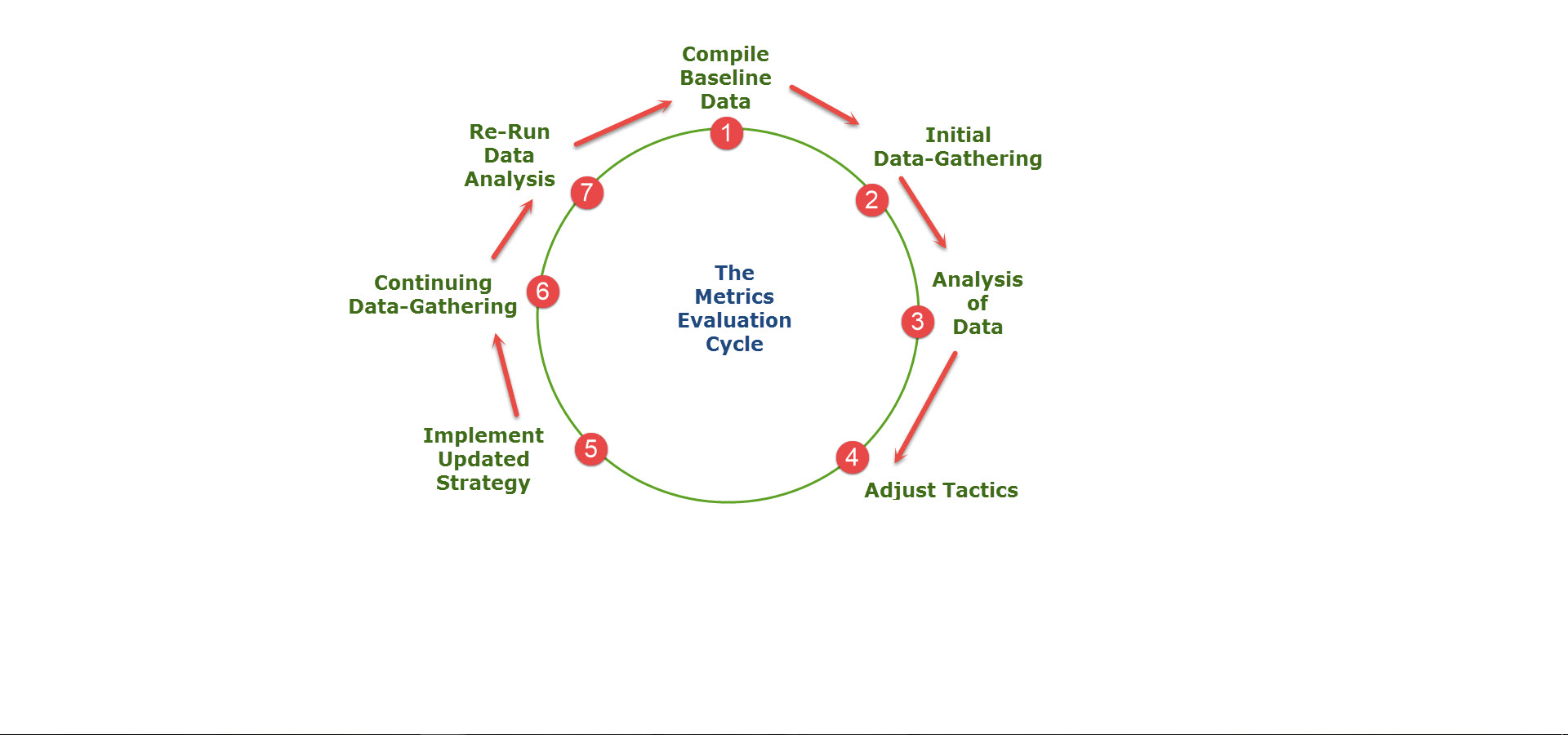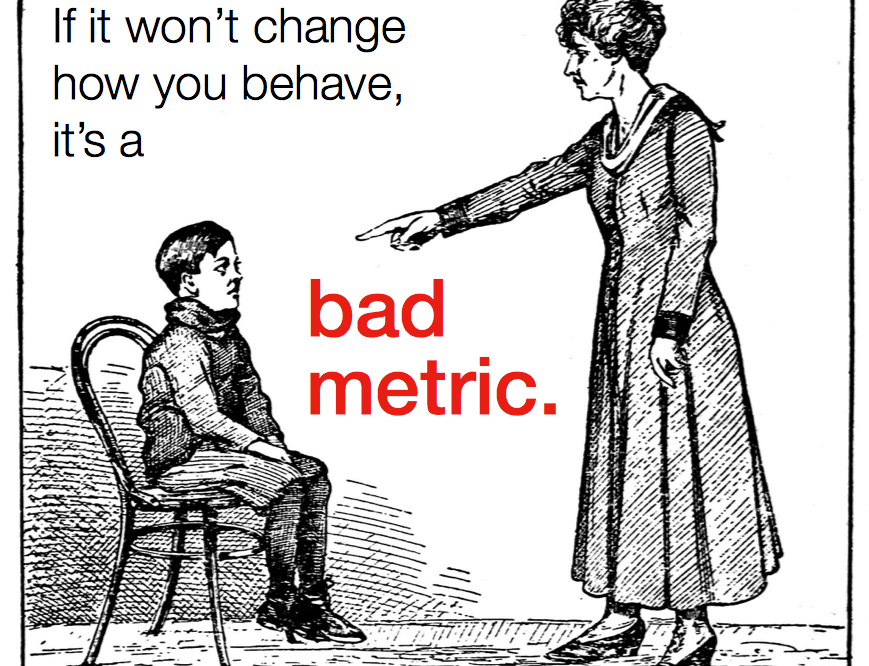Metrics – If there is any area where SEO’rs are absolutely filled with fear and trepidation, it is when they must wade into the subject of testing and measurement of results. This inability to handle metrics in a professional way is one reason why many doing SEO are ultimately successful — as testing and measurement of results is what higher-paying, professional-level clients are looking for.
In the area of Content Marketing (and this is the fourth in a series of articles on this subject) the subject of metrics is probably the most difficult area of Content Marketing to understand and interpret effectively, but it is absolutely critical, because if you can’t measure “impact” or “results,” you really have no way of knowing if your efforts are truly bearing fruit — and if you can’t demonstrate that to your client’s satisfaction, they will soon be out the door. So let’s wade right in…
Don’t Put The Cart Before The Horse!

What we are after here, at the end of the day, is to determine if certain “types” of content will engage your target audience more effectively than other “types.” But we don’t want to put the cart before the horse — We have to put some content out there before we can measure it. Consider this a pilot program, experiment or series of trials.
One strategy, tried-and-true, is to use an online survey or popup display window to quiz folks who have read (or otherwise interacted) with your content piece. This will allow them to give you some feedback and tell you their initial impressions. You can let this feedback guide you in shaping the form/style/length/tone of future content releases.
Another approach: place ads through various platforms. The big plus here is that these ad delivery networks (at least the better ones) allow you to very precisely control the demographic you will be targeting. These ads can be phrased to drive them to your target content piece with a follow-up survey or questionnaire completion. You should also be able to gauge “popularity” through various metrics that they can provide you, allowing you to shape and refine your presentation.
A good look at content published by your competitors, as stated in previous articles, will also be informative. You can use a tool like Ahrefs, Majestic or Open Site Explorer to discover links to competitor content pages. Look at the top performers for each of your competitors and discover what content is viewed a lot, commented on, liked, shared, etc. These competitor metrics may turn out to be useful goals/targets to aim at for the content that you create.
Types of Metrics To Focus On For Content Marketing (Two Types)

There are two types of metrics, in general, that you can focus on when you are doing Content Marketing.
Channel Metrics: The easier of the two (to focus on) are channel metrics. These are the likes, shares, comments, time spent viewing or reading, the number of pages viewed/session, number of downloads, number of signups, number of returning visitors, re-tweets, etc. Your channel platform dashboard or analytics package can give you most of this stuff. And it is important to collect this data.
Direct BI (Business Improvement) Metrics: This is the more challenging stuff to get. These are the known factors or drivers that indicate increased ROI for your type of business. These would be things like number of leads generated, amount(s) spent on purchase(s), an increase in LTV (tracked lifetime value), demo account signups, inquiries to your sales or marketing department.
Here’s the important fact: You want to engage with as many direct BI metrics as possible, because your client business managers and ownership are much more interested in seeing improvement in direct BI metrics — and “proving” that such improvement is actually happening may be a condition they have on continuing to fund your efforts at Content Marketing for them.
OK, So How Do I Collect All These Metrics?

First, as an absolute necessity, make sure that GA (Google Analytics) are installed sitewide on your site, and once the data begins rolling in, make sure that you do a deep-mining of that data. Don’t forget to track this data for a while before your CM efforts begin — that will serve as a baseline, to compare against campaigns, in order to measure progress. Many attempts at proving ROI don’t work simply because no one took the time to establish baseline data before promotional efforts began!
GA can actually allow you to trackback traffic to your site by source — you will know when certain visitors came to your site because they first saw content posted somewhere. And once on your site, you can further track their behavior (pages visited, number of return visits, purchases, signup pages visited, etc.).
Connecting the dots in this way will help to prove that your Content Marketing strategy is effective.
BTW, for those who need a quick tutorial – to track returning visitors in GA:
• For a quick summary: Go to Audiences > Overview > Summary
• To see % traffic (new visitors vs. returnees): Behavior > Site Content > Landing Pages.

Second important strategy: Make sure that EVERY content piece that you put out there has a very strong call-to-action, or a link, or some other way to make the reader react/act. These “actions” can be measured and tracked, providing crucial CM data.
You can also go old-school: Once a signup has been secured, or a purchase has been made, you can ask them how they found you (a text box or multiple-choice options work well). This data can also be compiled and is very useful.
Don’t forget other staff as well: Your sales and marketing or customer support staff can also be quizzing those who contact them as well. And if you do have them asking, make sure that you have a quick and easy way for them to report this information as they receive it (as if it is not quick and easy for them to input the data, they won’t do it).
The Metrics Evaluation Cycle
Remember that you will use your metrics data in an ongoing manner — it is the metrics evaluation cycle.

1. Compile Baseline Data
2. Gather First Batch of Data From Newly-Implemented Campaigns
3. Analysis: What Happened/Is Happening?
4. Adjustment: Is A Real-Time Change Necessary in Strategy Necessary (Based on Data Findings)?
5. Implement Changes As Warranted
6. Continue to Gather Data
7. Re-Run The Analysis

Over time, as your data-gathering becomes more precise and relevant, and more aligned with real-world business improvement goals, your strategic Content Marketing decisions will be more impactful – what audience(s) to target, what channel(s) to target, the most appropriate content for different audiences and channels, time needed to see significant ROI impact, etc.
Remember The Five “M’s” of metrics: Mastering Metrics Means More Movement (in the right direction).
Original Content Used With Permission of Author.





